Capital Daman | Area 102 km2 Founded 30 May 1987 | |
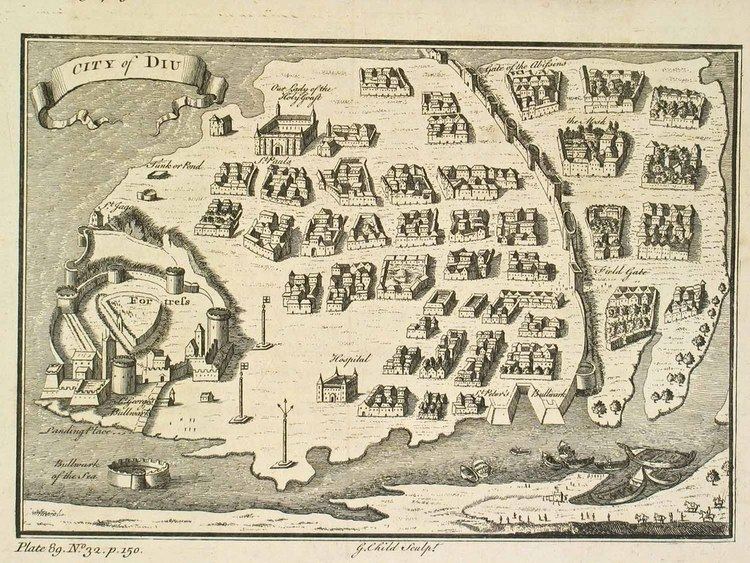 | ||
Languages spoken | ||
Map of Daman and Diu
Daman and Diu ( locally ) is a union territory in Western India. With an area of 112 sq. km, it is the smallest federal division of India on the mainland. The territory comprises two distinct regions Daman and Diu, geographically separated by the Gulf of Khambhat. The state of Gujarat and Arabian Sea border the territory. Originally a Portuguese Colony, the territories were annexed by India in 1961 through a military conquest.
Contents
- Map of Daman and Diu
- Discover daman and diu getit travel
- daman and diu top 25 tourist places daman and diu tourism
- History
- Demographics
- Languages
- Religion
- Administration
- Districts
- Economy
- Education
- Transportation
- Print media
- Telecommunications
- Tourism
- Sister cities
- References
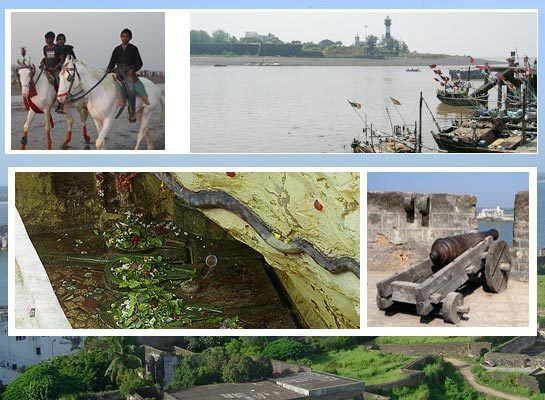
Discover daman and diu getit travel
daman and diu top 25 tourist places daman and diu tourism
History
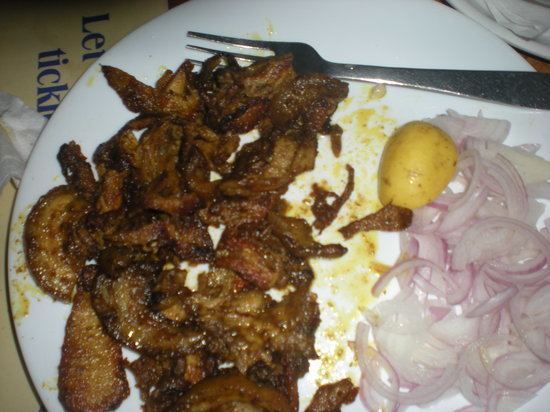
For over 450 years, the coastal enclaves of Daman (Portuguese: Damão) and Diu on the Arabian Sea coast were part of Portuguese India, along with Goa and Dadra and Nagar Haveli. Goa, Daman and Diu were incorporated into the Republic of India on December 19, 1961 by military conquest. Portugal did not recognise the Indian annexation of these territories until 1974.
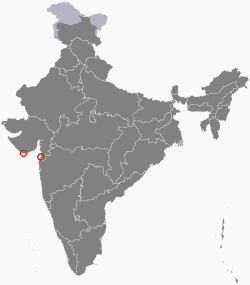
The territory of "Goa, Daman and Diu" was administered as a single union territory until 1987, when Goa was granted statehood, leaving Daman and Diu as a separate union territory. Each enclave constitutes one of the union territory's two districts. Daman and Diu are approximately 650 kilometres away from each other by road.
Demographics
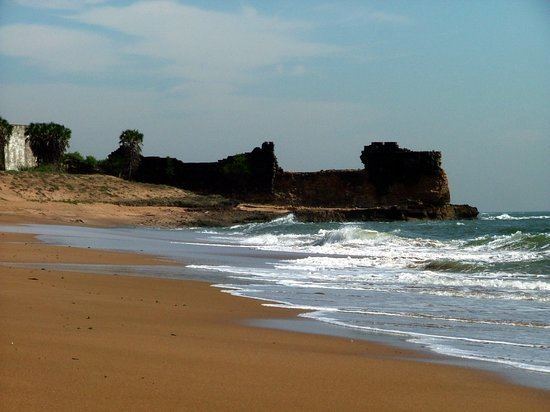
According to the 2011 census, the lowest female to male ratio in India (618 females per thousand males) was recorded in Daman and Diu. The Daman district, with a female to male ratio of .533, is among the lowest of all the districts
Languages
Gujarati is the mother tongue of most of the territory’s population, as they belong to the Gujarati-speaking Damaniya sub-caste. Along with Gujarati, Konkani, Hindi and English are all official languages. Hindi and English are official languages because they are official languages of India’s central government. Konkani is an official language since Daman and Diu were once part of a combined union territory along with Goa (a Konkani-speaking region), before Goa gained statehood in 1987.
Marathi, spoken in the neighboring state of Maharashtra, is also widely understood, although it lacks official status. The use of Portuguese, which was the territory’s official language during the colonial period, is in decline and relegated to home use among the elderly. It is also used as a liturgical language by some of the territory’s Catholics. Standard Portuguese exists in a post-creole continuum while Daman and Diu Portuguese is spoken by about 10,000–12,000 people in Daman.
Religion
The Catholics are pastorally served by the Metropolitan Roman Catholic Archdiocese of Goa and Daman, which has its see in Goa and is the primatial see of all India.
Administration
According to the Constitution of India, Administration of Daman and Diu is carried out by an Administrator, appointed by the President of India as an agent of the President, not a head of state/government or a governor. Previously, this post was held by Shri B. S. Bhalla, IAS officer (1990 batch). He was assisted by a number of other officers in carrying out his duty. Currently, this post is held by Praful Khoda Patel.
Districts
Economy
The state's domestic product for Daman and Diu in 2005 was estimated at 156 million US dollars at current prices.
Education
In Daman, the most popular schools are Institute of Our Lady of Fátima located in Moti Daman, Coast Guard Public School in Nani Daman, Sarvajanik Vidyalaya in Nani Daman, Shri Macchi Mahajan High School in Nani Daman, and other government institutions. There is also Daman College, which has most of the educational facilities.
Transportation
Daman and Diu are connected by roads, and are 12 km from Vapi, 125 km from Surat, and 150 km from Mumbai. Vapi railway station on the Western Railway is the station nearest to Daman, and connects to all major cities. Diu Airport has commercial air services, while Daman Airport has an Indian Navy air base.
Print media
Gujarati:
English:
Marathi:
Hindi:
Telecommunications
Tourism
Daman and Diu house various buildings and monuments with Portuguese styled architecture.
The nearest railway junction is Veraval, which is 90 km from Diu. Major cities like Mumbai, Ahmedabad, Pune, Jabalpur (Madhya Pradesh), Dwarka and Thiruvananthapuram are directly connected to Veraval Railway Station. Delwada is 8 km from Diu.
Sister cities
Daman is a twin town of the city of Coimbra, Portugal. Diu Island is twinned with the city of Loures, also in Portugal.
